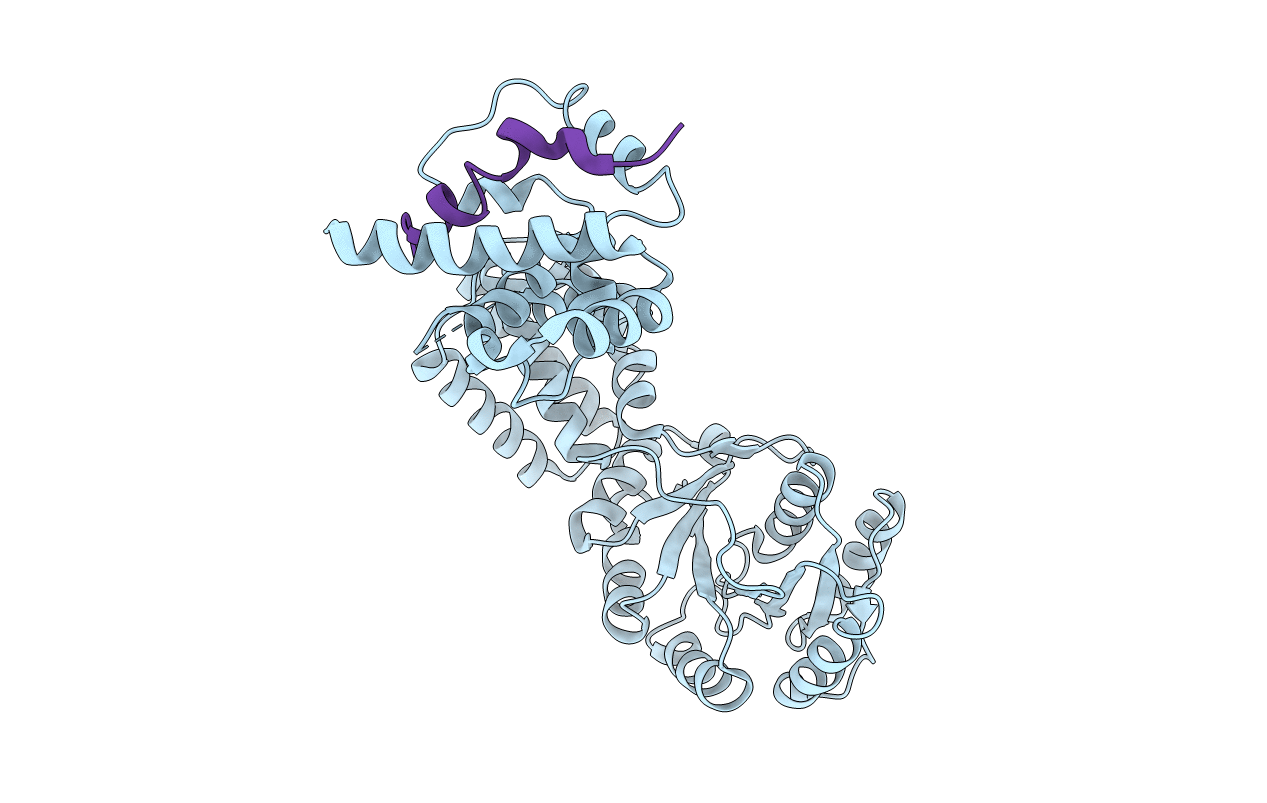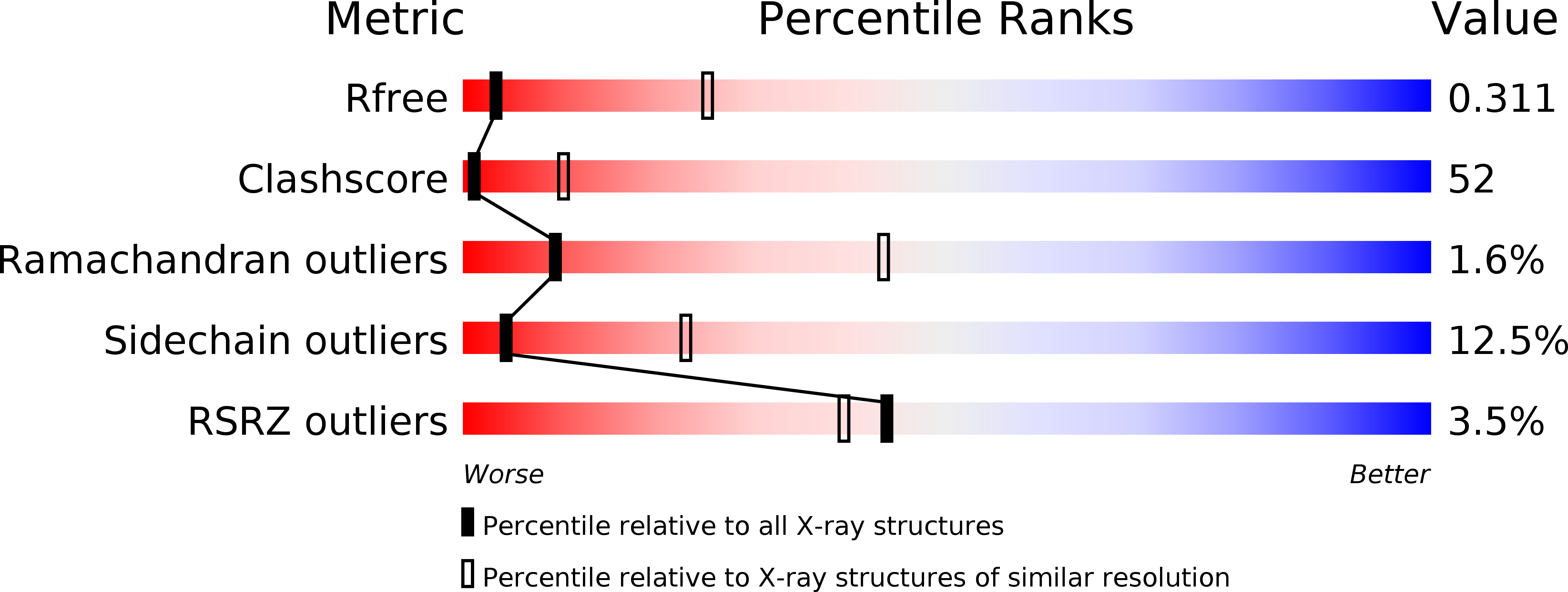
Deposition Date
2009-11-06
Release Date
2010-03-31
Last Version Date
2024-02-21
Entry Detail
PDB ID:
3KL4
Keywords:
Title:
Recognition of a signal peptide by the signal recognition particle
Biological Source:
Source Organism:
Sulfolobus solfataricus (Taxon ID: 273057)
Saccharomyces cerevisiae (Taxon ID: 4932)
Saccharomyces cerevisiae (Taxon ID: 4932)
Host Organism:
Method Details:
Experimental Method:
Resolution:
3.50 Å
R-Value Free:
0.32
R-Value Work:
0.30
R-Value Observed:
0.30
Space Group:
P 41 21 2


